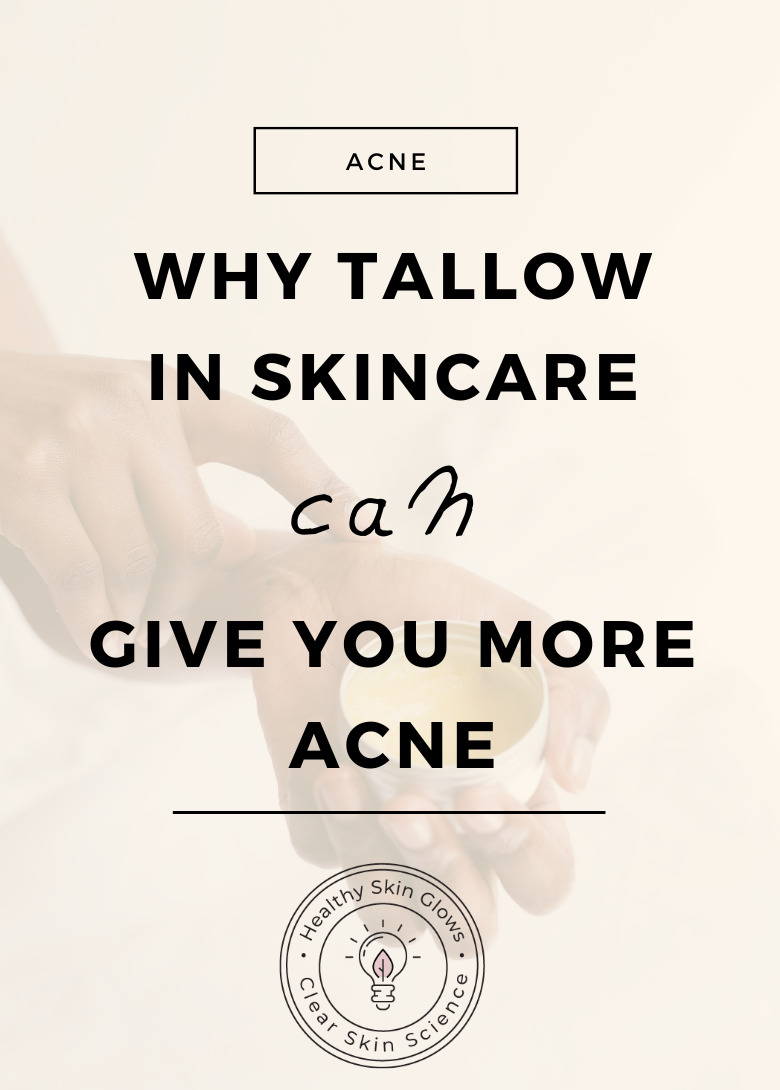
Tallow can work great for some people, and be quite inflammatory and acne inducing for the others. This has been my experience working with clients, and simply getting feedback from you guys on social media.
You would be surprised just how severe acne can get with tallow when the skin doesn't tolerate it, check my dear client below!
Her only issue at that point was wrong skincare (with lots of tallow).
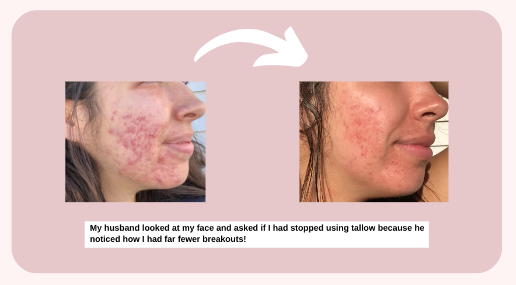
In the rest of the blog post, I tried to deduce a mechanism as to why this could be happening to some people. It might not be the correct mechanism, but it does help us to understand our skin better. Let's break this down.
Palmitic acid can trigger an inflammatory reaction that leads to acne formation
Palmitic acid (a type of fatty acid) can induce production of inflammatory signaling molecules that are implicated in acne formation. Tallow is one rich source of palmitic acid.
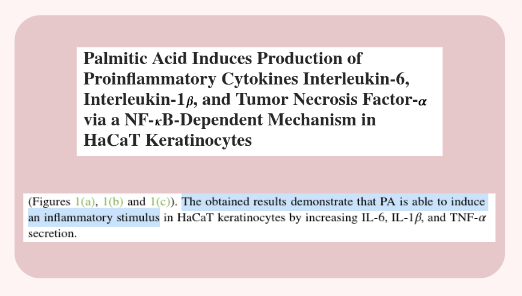
Tallow is a rich source of palmitic acid (PA)
Unnaturally high concentration of palmitic acid in the skin barrier (more than is optimally produced by your skin) can be pro-inflammatory. This leads to hyperkeratosis, a disruption of the normal maturation process of skin cells keratinocytes. This makes these cells stick together more and therefore clog your pores.
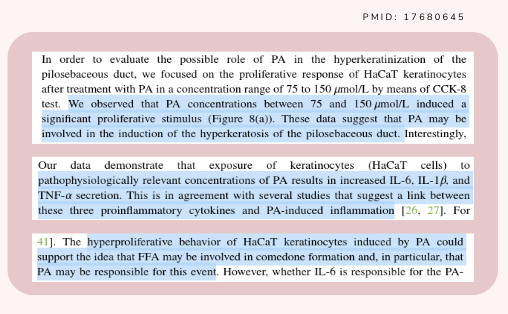
Related: Reduce acne with linoleic acid
Inflammation leads to more comedones and acne
All acne starts with a small clogged pore – microcomedo. This can then further develop into different types of acne. Inflammatory molecules like IL-1 beta, IL-6 and TNF-alpha are implicated in acne formation. If certain events increase the levels of these molecules in the skin, they also increase chances of acne formation.
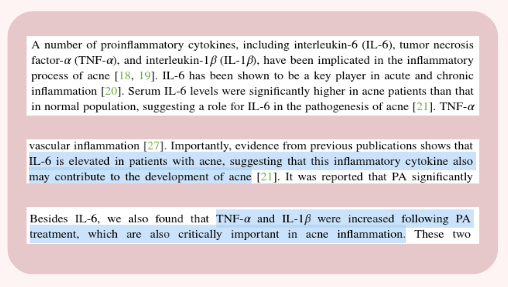
Less linoleic acid and more palmitic acid than optimal leads to more acne
The proportion of free fatty acids (FFAs), including linoleic, oleic and palmitic acid (PA) in our sebum is essential for keeping the sebum high quality and our pores clear. More oleic and palmitic acid than optimal, and simultaneously less linoleic acid than optimal, leads to more clogged pores and acne.
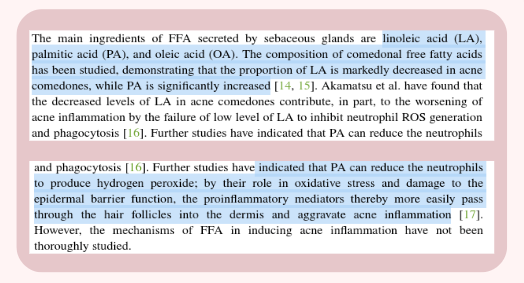
Composition of human sebum is complex
Claims that tallow or any other product closely mimic the composition of human sebum are simply inaccurate. Glyceryl esters essentially means fats and oils, which are composed of a molecule of glycerol, bound to fatty acids. It isn't just about which molecules are present, but their respective levels and ratios to one another.
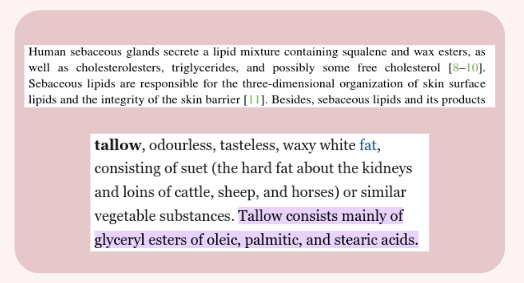
Bacteria on our skin can process fats we apply and release free fatty acids (FFAs)
Even though fatty acids are bound in fats when we apply ingredients like tallow, the bacterial hydrolases on our skin can break some of them down into components and release some of the fatty acids as free fatty acids. Somewhat unique composition of skin microbiome in different people may lead to different processing of fats/oils we apply topically.
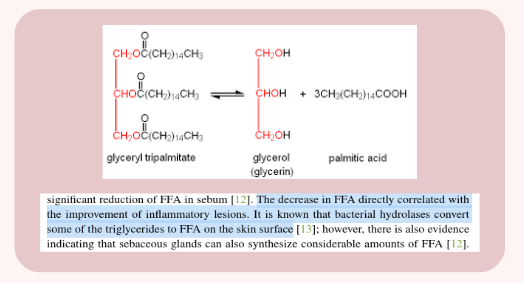
In the end, you have to listen to your skin. Remember that every product you apply to your skin (yes, every single one!) has potential upsides (benefits) and downsides (potential for irritating the skin barrier in some way).
If your skin has been getting worse since you introduced a skincare change, like a new product, that is the culprit! It doesn't matter how natural the product may be, if your skin is getting worse, it isn't for you.
Yes, even beautiful natural products can cause skin reaction and raise inflammation in the skin barrier!
Hope this was helpful, let me know in the comments what was your experience with tallow!
Much love and skin healing,
Sara
Are you in your 20s or 30s, and tired of still struggling with acne and breakouts? There is so much misinformation about the right skincare for getting clear skin, and caring for sensitive acne-prone skin. This is why I made a FREE online course where you will find little-known skin-healing secrets you won't usually hear from the skincare industry or dermatologists. And yet, they WORK.
Sign up (and get instant access!) here:

